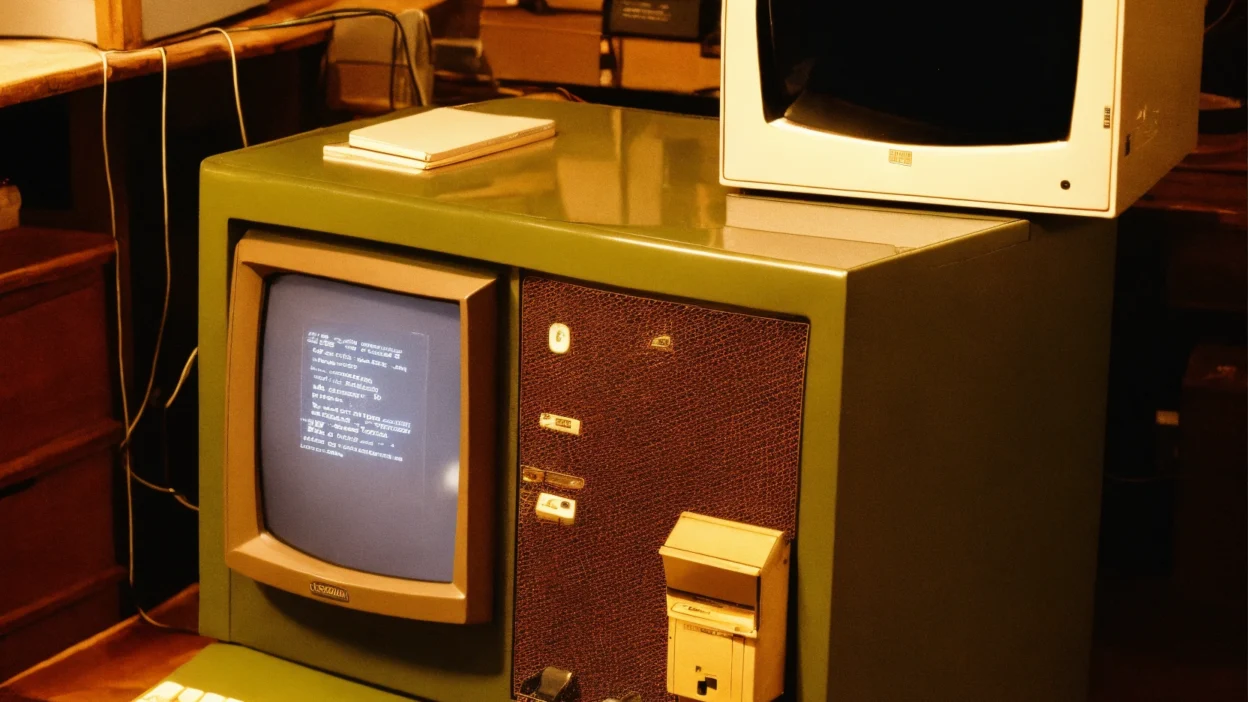Exploring the Features of the First Version of Windows
The first version of Windows was more than just an operating system; it was an environment that supported multitasking with a novel point-and-click interface. Unlike the command-line interfaces of the time, Windows 1.0 allowed users to navigate by visually moving a mouse pointer across the screen, a feature that was revolutionary at the time. This version came bundled with several programs, including Paint, Calculator, and Notepad, which are still in use in various forms today.
The Impact of Windows 1.0 on Software Development
The release of the first version of Windows marked a significant shift in software development. It laid the groundwork for the rich, interactive applications that we use today. Developers were provided with a programmable environment that supported the creation of graphical applications, which in turn made software more accessible to the average user.
Despite its limitations in memory management and performance, Windows 1.0 was a bold move by Microsoft to introduce GUI to the mass market. This strategy eventually paid off, setting the stage for the success of future versions of Windows.
Legacy and Evolution of the First Version of Windows
The legacy of the first version of Windows is immense. It was the genesis of a series of operating systems that would come to dominate the personal computer market. The evolution from Windows 1.0 to the latest versions shows a trajectory of technological advancement and adaptation to user needs.
In conclusion, the first version of Windows was not just a product release; it was a seminal event that changed how humans interact with machines. Its development heralded a new era in personal computing, setting the foundation for the modern, user-friendly interfaces we enjoy today.





